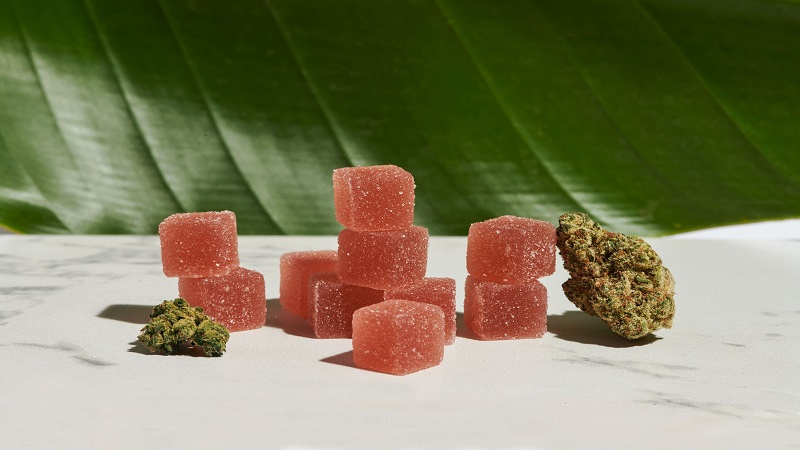In recent years, Delta-8 THC gummies have gained popularity for their potential therapeutic benefits, offering an alternative to traditional Delta-9 THC products.
However, with the surge in demand, finding a reputable source to buy Delta-8 gummies safely and legally has become a priority for consumers. In this column, you will explore the key considerations and options for delta 8 gummies where to purchase, ensuring you make an informed and responsible choice.
1. Online Retailers

One of the most convenient and popular options for buying Delta-8 gummies is through online retailers. Several reputable websites specialize in selling Delta-8 THC products. When choosing an online retailer, look for those that provide detailed product information, including third-party lab testing results, to ensure product quality and compliance with legal standards.
Additionally, read customer reviews and check for certifications or memberships demonstrating the retailer’s commitment to quality and safety.
2. Dispensaries in the Legal States
In the US states where recreational or medicinal marijuana is legal, Delta-8 THC products, including gummies, are in licensed dispensaries. Dispensaries are regulated and required to meet specific quality and safety standards.
Purchasing Delta-8 gummies from a licensed dispensary in a legal state ensures that you buy a product that has undergone rigorous testing and adheres to state regulations.
3. Local Health and Wellness Stores
Some health and wellness stores, as well as specialty CBD shops, may carry Delta-8 THC products. These physical locations often provide a more personalized shopping experience, letting you ask questions and get recommendations from knowledgeable staff.
However, verifying the product’s quality and legality in your area is crucial before purchasing.
4. Check State and Local Laws
Before purchasing Delta-8 gummies, it’s essential to be aware of the legal status of Delta-8 THC in your state and locality. Laws regarding Delta-8 THC can vary widely, and some states have banned or restricted its sale.
Always ensure that you are in compliance with local regulations to avoid legal issues.
5. Third-Party Testing and Transparency

Regardless of where you buy Delta-8 gummies, prioritize products from manufacturers conducting third-party testing. This testing ensures that the product’s Delta-8 THC content is accurate and that it doesn’t contain harmful contaminants like pesticides, heavy metals, or residual solvents.
Reputable brands readily share these test results with consumers, enhancing transparency and trust.
6. Pricing and Value
When considering delta 8 gummies where to purchase, don’t solely focus on price. While affordability is essential, meager prices may indicate subpar quality or counterfeit products. Investing in a trusted brand that prioritizes safety and quality over saving a few dollars is better.
Look for options that offer competitive pricing while maintaining a commitment to product excellence.
Conclusion
The rising popularity of Delta-8 gummies has led to many choices for consumers. While the availability of these products is a positive development, it also underscores the importance of making informed and responsible purchasing decisions. Always prioritize safety and legality, whether you opt for online retailers, licensed dispensaries, or local health stores.
Before purchasing, research the company, read customer reviews, and confirm that the product has undergone third-party testing. Additionally, stay informed about the legal status of Delta-8 THC in your area to ensure that your purchase is both safe and compliant with local laws.
